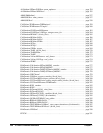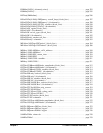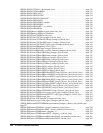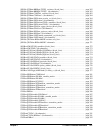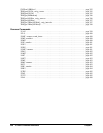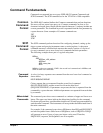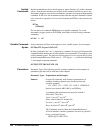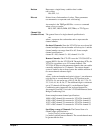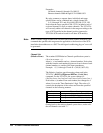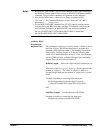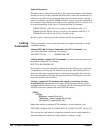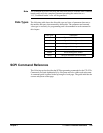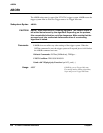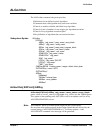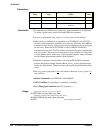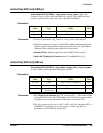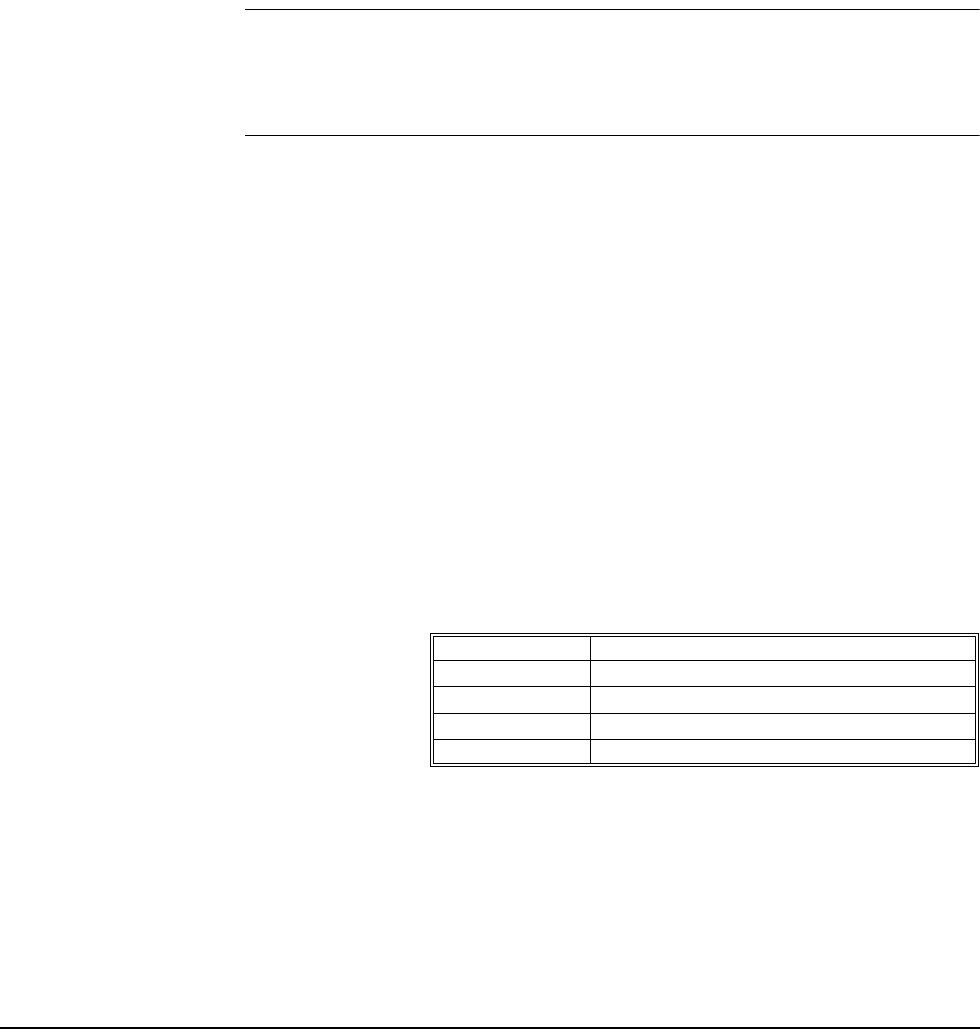
232 VT1422A Command Reference Chapter 7
Examples:
On-board channels 0 through 15=100:115
Remote channels 0000 through 0131=10000:10131
By using commas to separate them, individual and range
specifications can be combined into a single channel list:
0, 5, 8 through 3331 and 45=(@100,105,108:13331,145)
Notice that the range specified (108:13331) included a mix of
on-board channels as well as remote channels. The VT1422A
will correctly address all channels in the range according to the
type of SCP installed at the channel position (remote for
VT1539A SCPs and on-board for all other SCP models).
Note When a channel range includes both on-board and remote channel references, the
command that specifies this range must be applicable to the function of the SCPs
installed at those addresses or a 3007 "Invalid signal conditioning plug-on" error will
be generated.
Channel List
(Relative Form) The standard SCPI Relative Channel specification syntax is:
(@cc(nn,nn,nn:nn ... ))
where cc = card number and nn = channel number. Notice that
with this form the card number digit moves from in front of each
channel number, to outside of the inner parentheses.
Example: 0, 5, 6 through 32 and 45 = (@1(0,5,6:32,45))
The Relative form has special meaning when used in the
VT1422A’s ROUTe:SEQuence:DEFine (@<ch_list>)
command. For the VT1422A, the syntax changes to:
(@d(1nn,1nnee,1nn:1nn,1nn:1nnee,1nnee:1nnee,1nnee:1nn ...)
Notice that cc (standard form card number) has changed to d
where d is now the "Data Destination" digit. The value of d
controls the destination of the values read from the specified
channels in the following manner:
Getting back to the relative channel syntax above, notice also
that all channels start with "1."
Data Destination Effect on Reading
1 Reading sent to Current Value Table (CVT)
2 Reading sent to FIFO Buffer
3 Reading sent to CVT and FIFO (the default)
0 Reading not recorded (neither CVT or FIFO)



